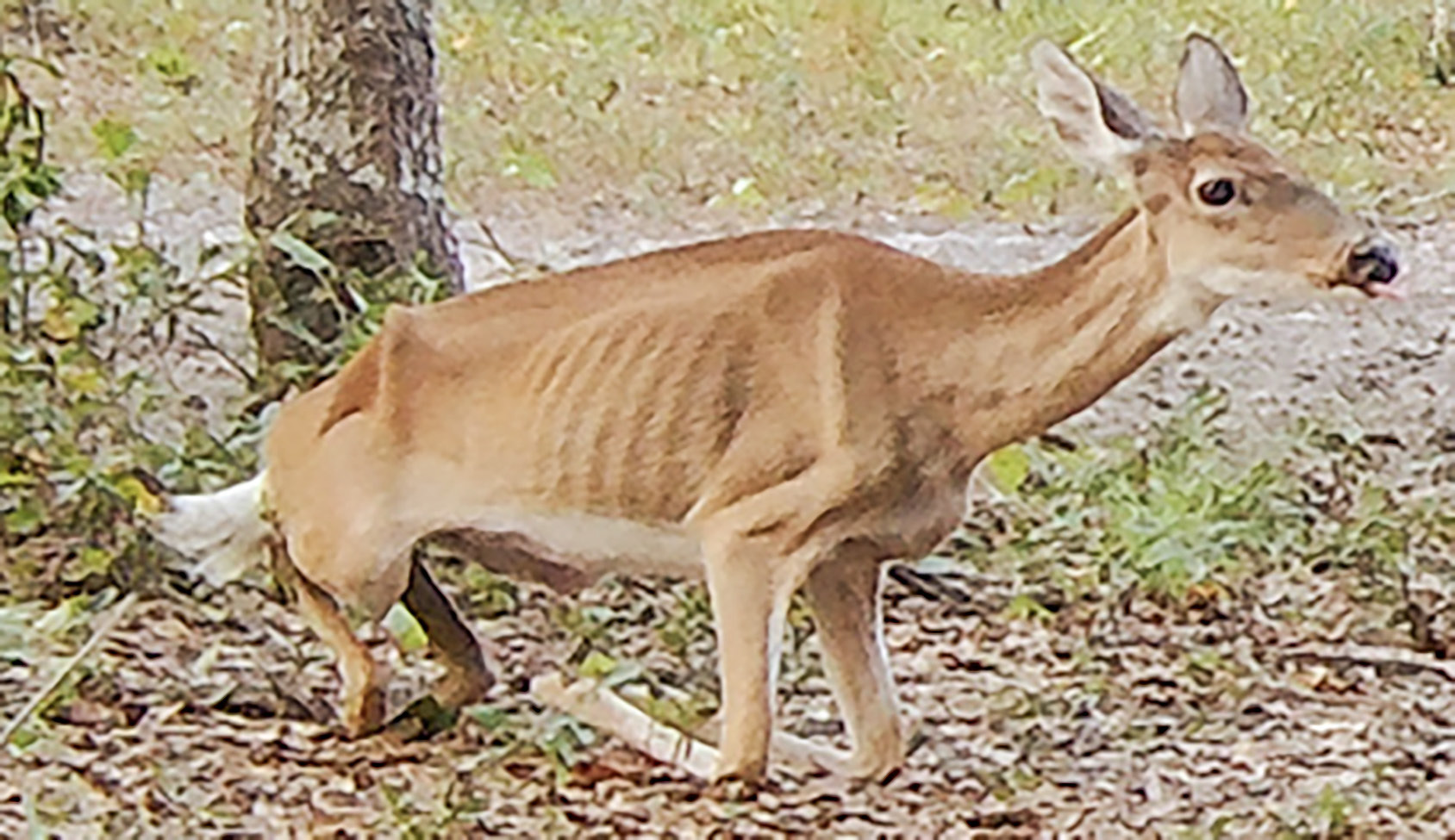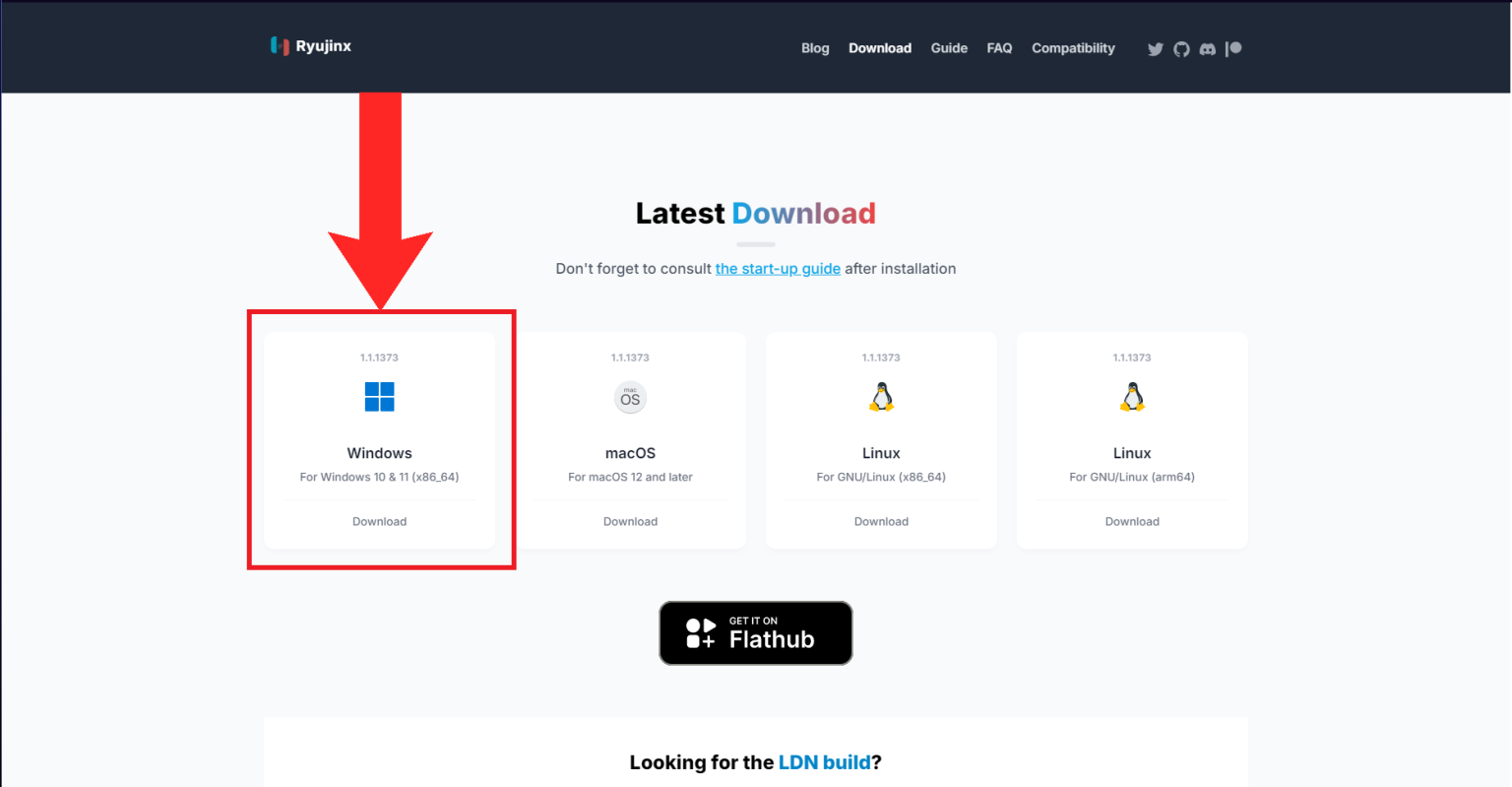Confirmation Of Chronic Wasting Disease At A Jackson Hole Elk Feedground

Table of Contents
Understanding Chronic Wasting Disease (CWD)
Chronic Wasting Disease (CWD) is a prion disease, meaning it's caused by abnormally folded proteins that damage brain tissue. This leads to a fatal neurological disorder, characterized by spongy degeneration of the brain. CWD is highly contagious among cervids and, while there's currently no evidence of transmission to humans, the Centers for Disease Control and Prevention (CDC) advises against consuming meat from infected animals. The disease's insidious nature and potential for wide-ranging impact make it a significant concern for wildlife health and management.
- CWD is caused by misfolded prion proteins: These abnormal proteins accumulate in the brain, causing irreversible damage.
- Transmission occurs through various routes: Direct contact between infected and healthy animals is a primary route. Indirect transmission can occur through contaminated soil, water, or vegetation, as prions are remarkably resilient in the environment. Consumption of infected tissues is another significant factor.
- Symptoms of CWD are often subtle in early stages: Weight loss, behavioral changes such as altered gait or aggression, excessive salivation, and neurological dysfunction are common signs as the disease progresses. These symptoms often go unnoticed until later stages.
- Diagnosis typically involves testing lymph nodes or brain tissue: Post-mortem testing is crucial for confirmation. Live animal testing methods are available but require specific sampling techniques.
The Impact of CWD on the Jackson Hole Elk Population
The presence of CWD at a Jackson Hole elk feedground poses a serious threat to the health and sustainability of the elk herd. The concentrated nature of feedgrounds significantly increases the risk of transmission, leading to potential consequences:
- Significant reduction in elk numbers: The high transmission rate of CWD could lead to a considerable decline in the elk population, impacting the overall ecological balance of the region.
- Economic impact on hunting and tourism: CWD outbreaks can have severe economic ramifications. Hunting restrictions and reduced tourist visits due to concerns about the disease could negatively affect local economies that rely heavily on these activities.
- Disruption of the local ecosystem's balance: Elk play a significant role in the Jackson Hole ecosystem. A drastic decline in their numbers would trigger a cascade of effects, impacting predator populations and plant communities.
- Need for effective wildlife management strategies: Implementing proactive and efficient management strategies is paramount to controlling the spread of CWD and minimizing its impact on the elk population.
Response and Management Strategies for CWD in Jackson Hole
The Wyoming Game and Fish Department (WGFD) is leading the response to the CWD outbreak in Jackson Hole. Their comprehensive management plan includes several crucial strategies:
- Increased surveillance and testing of elk: WGFD is conducting widespread surveillance to monitor the prevalence of CWD within the elk population. This involves collecting samples for laboratory testing to identify infected animals.
- Implementation of targeted culling programs in affected areas: In some instances, targeted culling of infected animals may be necessary to reduce the spread of the disease within the herd.
- Public education campaigns to raise awareness: Educating the public about CWD, its risks, and preventative measures is vital in curbing the spread. This includes awareness of safe handling and disposal of harvested animals.
- Research into potential treatment or prevention methods: Ongoing research focuses on developing effective treatment methods and preventative strategies for CWD.
- Collaboration between government agencies and wildlife conservation organizations: A coordinated approach involving multiple stakeholders is essential for effective management of the outbreak.
The Role of Elk Feedgrounds in CWD Transmission
Elk feedgrounds, while intended to provide supplemental nutrition during harsh winters, can inadvertently facilitate the spread of CWD. The concentration of animals in these areas drastically increases the probability of disease transmission:
- High density of animals increases the risk of CWD spread: Close proximity within feedgrounds allows for increased contact between infected and healthy individuals, increasing transmission rates.
- Feedgrounds concentrate contaminated bodily fluids and tissues: The environment within a feedground becomes easily contaminated with prions shed from infected animals through urine, feces, and saliva.
- Potential for long-term environmental contamination: Prions are exceptionally resistant to degradation, leading to the potential for long-term environmental contamination within feedgrounds.
- Debate surrounding the continued use of elk feedgrounds: The role of elk feedgrounds in CWD transmission is a subject of ongoing debate, with many advocating for their closure or significant modifications to reduce the risk of disease spread.
Conclusion
The confirmation of Chronic Wasting Disease at the Jackson Hole elk feedground is a serious matter with potentially devastating consequences for the elk population, the local ecosystem, and the associated economies. Proactive management strategies, including increased surveillance, targeted culling where necessary, and public awareness campaigns are critical to controlling the spread of this disease. The role of elk feedgrounds in facilitating CWD transmission needs careful consideration and a potential reassessment of their continued use. We must remain vigilant and committed to preserving the health of Wyoming's wildlife. Learn more about Chronic Wasting Disease and how you can help protect Wyoming's wildlife by visiting the Wyoming Game and Fish Department website: [Insert WGFD Link Here].

Featured Posts
-
 Nintendos Action Forces Ryujinx Emulator Project Closure
May 22, 2025
Nintendos Action Forces Ryujinx Emulator Project Closure
May 22, 2025 -
 Effective Succession Planning For Multi Generational Wealth
May 22, 2025
Effective Succession Planning For Multi Generational Wealth
May 22, 2025 -
 Itineraires Cyclistes En Loire Atlantique Nantes Vignoble Et Estuaire
May 22, 2025
Itineraires Cyclistes En Loire Atlantique Nantes Vignoble Et Estuaire
May 22, 2025 -
 The Ongoing Battle Car Dealers Push Back Against Electric Vehicle Regulations
May 22, 2025
The Ongoing Battle Car Dealers Push Back Against Electric Vehicle Regulations
May 22, 2025 -
 Jailed Tory Councillors Wife Denies Incitement In Migrant Hotel Rant
May 22, 2025
Jailed Tory Councillors Wife Denies Incitement In Migrant Hotel Rant
May 22, 2025
Latest Posts
-
 Lancaster City Stabbing Community Response And Support Efforts
May 22, 2025
Lancaster City Stabbing Community Response And Support Efforts
May 22, 2025 -
 Route 15 On Ramp Crash Current Traffic Conditions And Updates
May 22, 2025
Route 15 On Ramp Crash Current Traffic Conditions And Updates
May 22, 2025 -
 Lancaster City Stabbing Incident Victims Condition And Suspect Search
May 22, 2025
Lancaster City Stabbing Incident Victims Condition And Suspect Search
May 22, 2025 -
 Lancaster City Stabbing Recent Updates And Police Investigation
May 22, 2025
Lancaster City Stabbing Recent Updates And Police Investigation
May 22, 2025 -
 Route 15 On Ramp Closed Following Crash Traffic Delays Expected
May 22, 2025
Route 15 On Ramp Closed Following Crash Traffic Delays Expected
May 22, 2025
